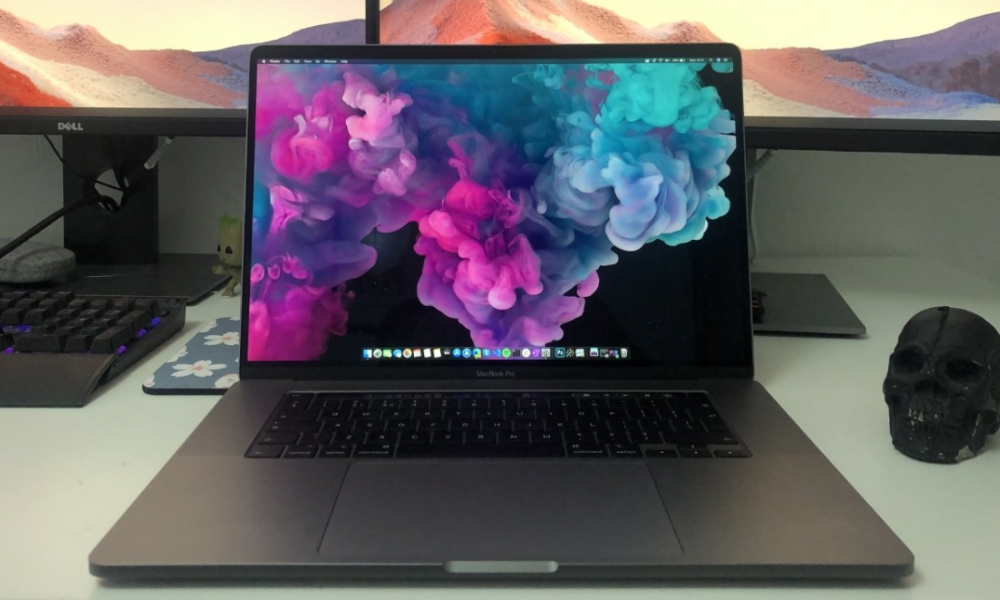

To navigate the content of your document by elements, you can use the Narrator scan mode. To return to the main view without making changes, press Esc.Įxplore a document Use the Narrator scan mode To exit the Options window and return to the main view, press the Tab key until you hear "OK," and press Enter. To navigate the content pane, press the Tab key, Shift+Tab, or the Up and Down arrow keys. To navigate the options categories, press the Down arrow key until you hear the name of the category you want, then press the Tab key to move the focus to the content pane. To open the Options window, press Alt+F, T. The Options window contains Word settings, such as personalization, proofreading, and language preferences. The Options window consists of an options category pane on the left and the content pane of the selected category on the right. You can add and remove Quick Access Toolbar buttons and change their order on the toolbar. For instructions, refer to Use a keyboard to customize the Quick Access Toolbar. To browse the available options, press Shift+Tab repeatedly. The focus is now on the Quick Access Toolbar.

You hear: "Ribbon tabs." Then press Shift+Tab once. To navigate to the Quick Access Toolbar and title bar, press Alt once. The Quick Access Toolbar and title bar at the top of the screen contain the document name, buttons for AutoSave, ribbon display options, and your account, and buttons for minimizing, restoring the size, and closing the active window. To exit the File menu and return to the main view, press Esc.įor the File menu keyboard shortcuts, refer to Keyboard shortcuts for the File menu in Office for Windows. To navigate within a tab content pane, press the Tab key, Shift+Tab, or the arrow keys. To move the focus to the content pane, press the Tab key once. The content pane of the selected tab opens to the right of the tab pane. To navigate between the tabs in the tab pane, press the Up or Down arrow key until you hear the tab you want to open, for example, "New." Press Enter to open the tab. You hear: "File, home." The focus is on the Home tab in the tab pane. The File menu consists of a tab pane on the left and the contents of a selected tab on the right. You can also access your accounts and the app settings from the File menu. The File menu contains commands such as New, Open, and Save a Copy. In addition to the main view, Word has the following commonly used views and areas: The File menu You can also use keyboard shortcuts to select options directly. For the ribbon keyboard shortcuts, refer to Use the keyboard to work with the ribbon in Word. To navigate between options on the ribbon, press the Tab key, Shift+Tab, or the Right or Left arrow key. You hear the name of the first option on the ribbon. To navigate from the row of ribbon tabs to the ribbon, press the Tab key or the Down arrow key once. To navigate the row of ribbon tabs, press the Left or Right arrow key until you hear the name of the tab or control you want, and press Enter to select it. When the focus moves to the ribbon tabs, you hear "Ribbon tabs," followed by the currently selected tab. The ribbon containing the options specific to the currently selected tab is located below the row of ribbon tabs. The row of ribbon tabs, which includes tabs such as File, Home, Insert, Review, View, and the Share and Comments buttons. To navigate the status bar, use the Right and Left arrow keys.

You hear the current page number when the focus is on the status bar, for example, "Page two of three."

The status bar at the bottom of the screen where you can find document statistics such as page count, word count, text language, and zoom level. You hear the name of the document, followed by "Editing," when the focus is on the document content. The main content area, which shows the document content. When you open a Word document for editing, you land on the main view. To cycle between the elements in the main view, press the F6 (forward) or Shift+F6 (backward). To learn more about screen readers, go to How screen readers work with Microsoft Office. To learn how you can get new features faster, join the Office Insider program. New Microsoft 365 features are released gradually to Microsoft 365 subscribers, so your app might not have these features yet.


 0 kommentar(er)
0 kommentar(er)
